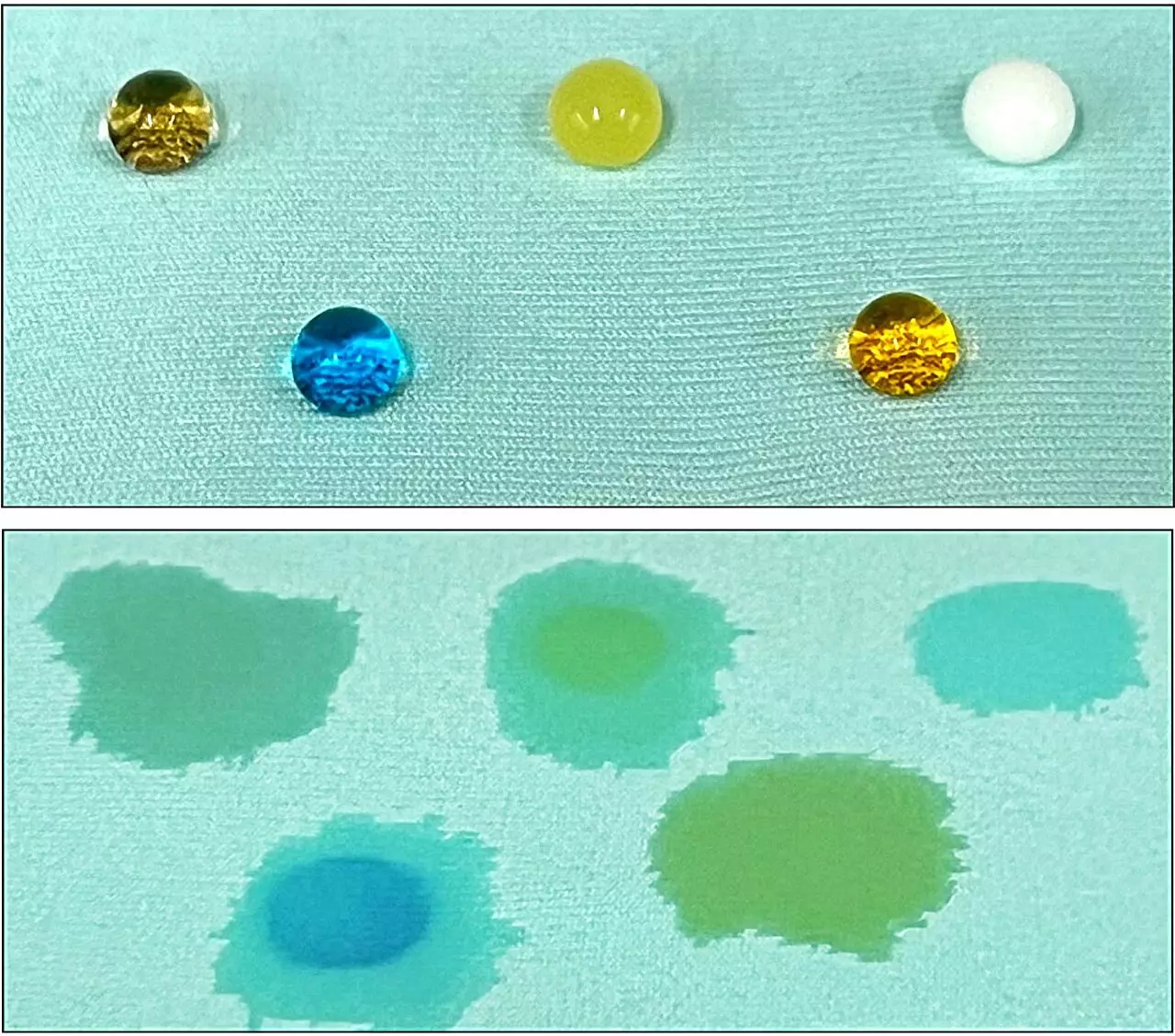In a world grappling with the consequences of climate change and environmental degradation, the fashion industry stands out as a significant contributor to waste and pollution. An alarming statistic reveals that the average American discards between 80 to 100 pounds of clothing each year, with many of these garments ending up in landfills. The pressing need for sustainable practices in this sector has led researchers and innovators to explore methods that minimize waste and maximize resource efficiency. One innovative approach being pioneered is the development of waterproof coatings derived from discarded textiles, setting the stage for a promising intersection between fashion and environmental sustainability.
A research team from Cornell University, led by Juan Hinestroza, a prominent figure in Fiber Science and Apparel Design, has unveiled a groundbreaking technique that synthesizes superhydrophobic coatings at low temperatures. This method offers a safer alternative to conventional waterproofing processes, which often employ harsh chemicals that pose risks to both human health and the environment. The team’s breakthrough involves utilizing metal-organic frameworks (MOFs) created from discarded polyester and spandex textiles. By employing more environmentally benign solvents such as water and ethanol, and eschewing energy-intensive separation processes, this technique promotes a more sustainable textile lifecycle.
The transformation of waste into valuable materials defines the core principle of upcycling. Rather than viewing discarded clothing as mere refuse, Hinestroza and his team aim to reintroduce these materials into the production cycle. Their recent paper published in ACS Applied Materials and Interfaces, co-authored by doctoral student Yelin Ko, exemplifies this vision by detailing how deconstructing old fabrics allows for the creation of sustainable MOF coatings. By adopting a process known as alkaline depolymerization, the researchers successfully convert polyester and its monomer constituents into functional superhydrophobic coatings, showcasing a dual benefit: reducing waste and providing industry solutions.
The methodology employed by the Cornell team represents a significant advancement in material science. By chemically breaking down discarded textiles into a mixture enriched with polyester components, dyes, and other fabric additives, the researchers can synthesize MOFs effectively. They reported success in creating UiO-66, a prominent MOF structure, through an innovative reaction that relied on disodium terephthalate as a linking agent. By conducting experiments with varying amounts of ethanol, the team discovered a remarkable ability of these modified fabrics to repel water while retaining durability against washing and abrasion.
Beyond merely addressing waterproofing, this research underscores a wider movement towards reinventing textile manufacturing and consumption practices. Co-author Tamer Uyar emphasizes the importance of seeking alternatives to harmful chemical treatments often termed ‘forever chemicals.’ This study reinforces the notion that the responsibilities of sustainable fashion extend beyond the manufacturers and brands; it implicates consumers in the cycle. By choosing sustainable options and reducing waste, individuals play a crucial role in steering the industry toward more eco-friendly practices.
As we confront environmental challenges, innovation in sustainable practices within the fashion industry is more essential than ever. The developments led by the Cornell research team epitomize a thoughtful approach to environmental stewardship. By transforming discarded textiles into advanced waterproof coatings, they pave the way for not just cleaner production processes but also conscious consumerism. It’s a reminder that every item of clothing we throw away has the potential to be reimagined—whether through innovative recycling methods or transformative upcycling techniques. In doing so, we may inch closer to an industry that values sustainability as much as style, marrying the dual pursuits of fashion and ecological responsibility.


Leave a Reply